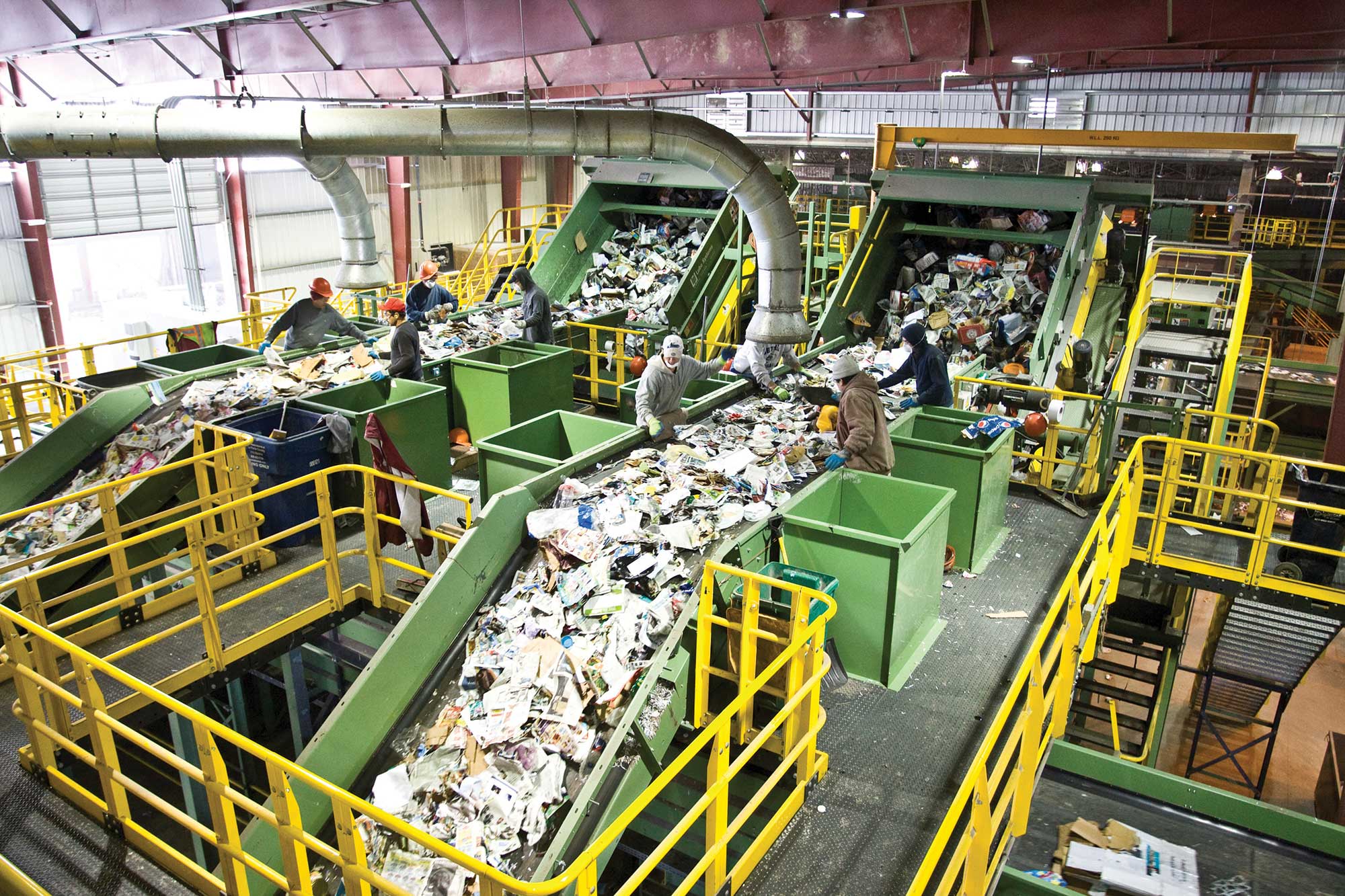In his book, Wasteland: the Dirty Truth About What We Throw Away, Where It Goes, and Why It Matters, journalist Oliver Franklin-Wallis points out that the impact of being wasteful was changed by the introduction of plastic, meaning that now 1/3 of what we discard is less than 12 months.
But it’s not just e-waste, food packaging and discarded toys. Society’s cavalier use and throw attitude now applies to textiles as well.
Franklin-Wallis describes in his book how a Stockholm power station transitioned from burning coal to burning unwanted clothing. He also goes on to explain how Ghana’s textile industry imploded due to large quantities of discarded garments being shipped there from USA and Europe.
While Wasteland does emphasize the problem of unchecked waste, and the difficulty in finding workable solutions, it’s not all doom and gloom. Setting aside the abominable failures of greenwashing and virtue signaling, recycling is actually feasible: For example, 80% of the copper ever mined is still circulating, mostly in the form of electronic waste.
According to Franklin-Wallis, a single ton of e-waste can contain 50 times more copper than a ton of copper ore. Additionally these devices rotting away in drawers and boxes also contain aluminium, iron, several rare earth elements and gold. But for some odd reason only 17.4% of e-waste is getting recycled, this despite the fact that close to 7% of the world’s gold reserves may currently be sitting in the aforementioned forgotten devices.
Gravity of the situation
If these metals are not recycled, the demand for mining increases, which results in a stupefying 100 billion tons of toxic waste per year. To drive home the gravity of the situation, Franklin-Wallis cites the Brumadinho Dam Disaster in Minas Gerais, Brazil where, on 25 January 2019, a tailings dam at the Córrego do Feijão iron ore mine experienced a cataclysmic failure, releasing almost 12 million cubic metres of toxic slurry which engulfed the mine’s headquarters, including a cafeteria during lunchtime, along with houses, farms, inns, and roads downstream, killing around 272 people in the process.
Franklin-Wallis covered the Brumadinho Disaster in the setting of a world where governments of developed countries have made a habit of outsourcing their waste to the global south, and remain flippant about the consequences. He does, however, offer a very simple, common sense solution to the world’s myriad waste mismanagement problems: Stop being wasteful and buy less unnecessary things.

